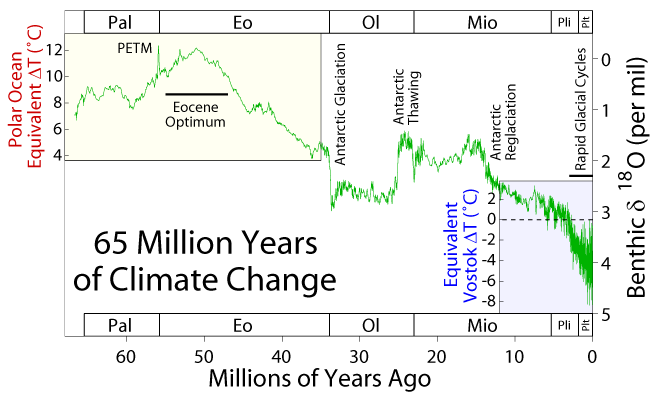
When pondering the number of extraterrestrial civilizations, it is worth noting that even after it got started, the success of life on Earth was not a foregone conclusion. In this talk I recount some thrilling episodes from the history of our planet, some well-documented but others merely theorized: our collision with the planet Theia, the oxygen catastrophe, the snowball Earth events, the Permian-Triassic mass extinction event, the asteroid that hit Chicxulub, and more, including the massive environmental changes we are causing now. All of these hold lessons for what may happen on other planets.
To watch the talk, click on the video above. To see slides of the talk, click here! You can click on anything in blue on these slides, or any picture, and get more information.
Here's a mistake in my talk that doesn't appear in the slides: I suggested that Theia started at the Lagrange point in Earth's orbit. After my talk, an expert said that at that time, the Solar System had lots of objects with orbits of high eccentricity, and Theia was probably one of these. He said the Lagrange point theory is an idiosyncratic theory, not widely accepted, that somehow found its way onto Wikipedia.
Another issue was brought up in the questions. In a paper in Science, Sherwood and Huber argued that:
Any exceedence of 35 °C for extended periods should induce hyperthermia in humans and other mammals, as dissipation of metabolic heat becomes impossible. While this never happens now, it would begin to occur with global-mean warming of about 7 °C, calling the habitability of some regions into question. With 11-12 °C warming, such regions would spread to encompass the majority of the human population as currently distributed. Eventual warmings of 12 °C are possible from fossil fuel burning.However, the Paleocene-Eocene Thermal Maximum seems to have been even hotter:
So, the question is: where did mammals live during this period, which mammals went extinct, if any, and does the survival of other mammals call into question Sherwood and Huber's conclusion?